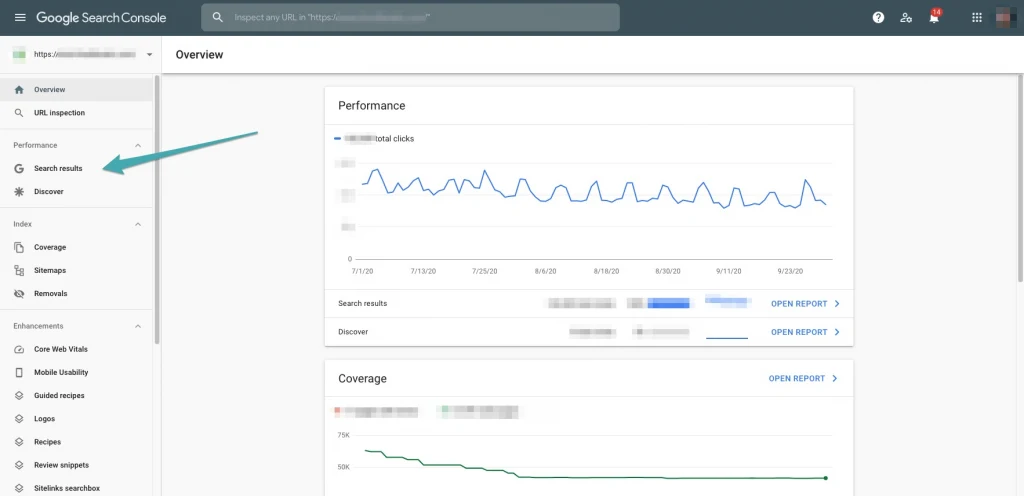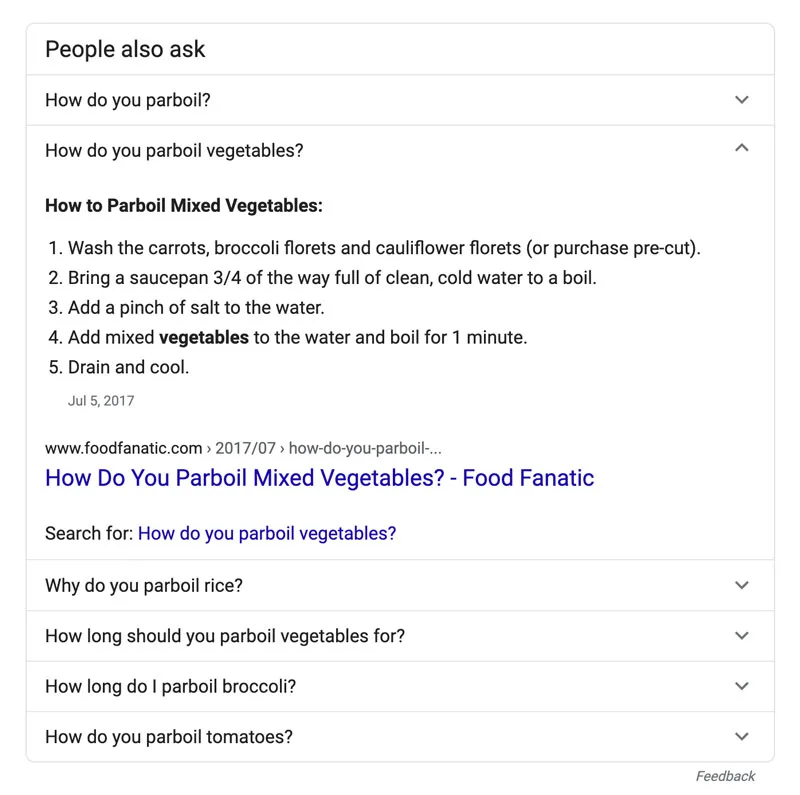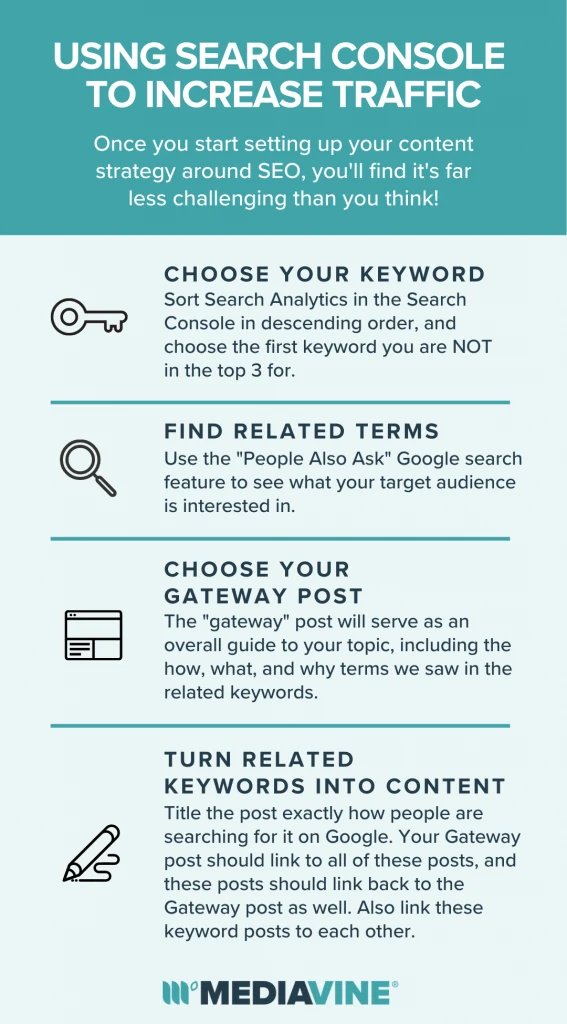Improving Rankings with Google Search Console Search Analytics


Yes, it’s time to wipe the dust off your account over at Google Search Console (GSC) and actually use that thing for the SEO you thought you were going to when you first signed up.
Today we’re going to focus on using your Search Analytics within GSC, (also known as Webmaster Tools in a past life), to find new keywords and to improve existing rankings.
I know this may sound counterintuitive. Why would I go through search terms I already rank for to find new keywords to write about?
Because we’re going to be looking for search terms that you’re ranking on, but ones that aren’t ranking in the top three.
Beyond that, ranking for a term is only half the battle! You need to get clicks from the search results to your actual posts, and being in the top three or Position Zero (the top, highlighted information in a search result) is the most effective way to get those clicks.
These non-top three rankings are going to represent the best “opportunities” for terms we’re going to try to push into the higher spots that matter.

We’re going to use our own site, Food Fanatic.
Let’s begin by picking a target keyword we’re going to work on.
Step one is firing up Google Search Console, log into our Food Fanatic property, and click on Search Results under “Performance” in the left hand nav.

On this page, we’re first going to turn on all available metrics for the page: Clicks, Impressions, CTR (click through rate) and Position. We’re then going to sort in descending order of Impressions to look for our most valuable opportunity.

We’re going to look for the first term we’re in in the top three for. Although the Cinnamon Toast Crunch Shot seems delicious, we’re going to save that one for the next part in this series and today focus on the far less exciting “parboil.”
Parboil is showing 7,034 impressions. That means our ranking on that page has appeared in Google search results over 7,000 times, but we’ve only had 87 clicks.
Why? Because we’re only ranked 6.5, and so our CTR is only 1.25%. We can likely get this to over 5 times the amount of traffic if we can push up our rankings.

So how do we do it? By focusing on parboil-related terms to prove to Google we’re not just an expert on “parboil” with our one post, but an expert on all things parboiling.
We’re going to accomplish this by generating additional content related to parboiling, all while continuing to beef up our original post.
There are a few options, but we’re going to focus on two free ones offered by Google themselves: this same Search Analytics tool we’ve been using within Google Search Console, and then the actual Google Search results, using a feature called “People Also Ask.”
While still in the Search Analytics window, we’re going to look within our own results for other parboil related terms.
We’re going to click the “No Filter” button under Queries and add in a search for “parboil.” Now we have the following results, again sorted in descending order of impressions:

Let’s look for the next “related” keyword we’re going to go after. “How to parboil potatoes” is the obvious choice with a ranking of 9.2 and 1,118 impressions. Parboiling carrots, sweet potatoes and vegetables are all equally great opportunities for here.
Why? Because, like our initial strategy, we’re focusing on terms where we don’t rank in the top 3.
This time around, we’re adding in another rule to keep ourselves sane:
Is the post different enough that we can create new content?
For example, we’re going to ignore “what is parboil” and “what does parboil mean” for now and focus on different things we can parboil for our new content pieces. We can always answer the other parboil questions within our original parboiling article.
We’re also going to take advantage of the “People Also Ask” box, a pretty great feature added by Google for “question”-based searches.
I swear I didn’t cheat, but the first term we found in our previous example is a great keyword and an example of a “How” question that will trigger the People Also Ask Box.
These question terms that trigger the People Also Ask Box are important, since Google is showing you some awesome insights under their hood.
They’re showing you what keywords are related to the search term you’re typing into the box. If you click one of the results, you’ll get even more suggestions. This is going to lead us to our secondary strategy we can use for additional terms.

This gives us a pretty good list in terms of the number of related posts we can write. If we didn’t have a People Also Ask box, we simply could’ve turned our original query of “parboil” into a question to get other suggestions (typing “What is parboiling?” instead of just “parboiling” into the search box).
In fact, rather than relying on our potato term, let’s show you how to do this with a generic term like “parboil” and turn it into an even better set of results.
After Googling “How to parboil,” the following questions were also asked by people:
We could keep going, but that seems like more than enough additional search terms for now.
We’re going to get writing! We’re going to turn all of those new related keywords we mentioned above into their own blog posts.
Wait… WHAT? That’s too much content!
Sorry, you’re reading a SEO post by an engineer — not a writer. Better get that pot boiling because we’re going to be doing a lot of parboiling. I mean, I assume a pot is involved in parboiling?
Again, engineer. Not a food blogger.
Before we get into the new content, it’s important to focus on the post that was originally winning our search term and analyze things a bit.
In our case, it’s a pretty great post from 2013 entitled “How To: Parboil.” A little short, but it covers how to parboil any root vegetable. In particular, it seems to use photos of potatoes.
The good news is Google definitely already loves this post for the big term “parboil” and it’s already generic enough to continue to be our post that goes after the big term “parboil.”
As such, we’re going to make this our generic “gateway” post for the term parboil.
Think about it this way: The “gateway” post will serve as an overall guide to parboiling, including the how, what, and why terms we saw in the related keywords.
As we move on to focus on the different things we can parboil as described above, each one will get its own post that our generic gateway page will link to.
Seeing as this post is a little short, it’s also a good thing we’re adding additional content to the page. If there’s one thing we know Google loves, it’s quality, unique content. That’s exactly what we’re going to add, so it should only continue to help boost our parboiling ranking.
Again, though, that’s only half the battle. Most of this strategy comes in creating the additional related terms that Google suggested for us and showing we’re also experts.
To prove to Google we are in fact the premiere experts on all things parboiling — from carrots to rice — it’s now time to focus on creating those six new posts related to parboiling,
Each one will be its own post, likely titled exactly what people are searching for on Google. For example, we’re going to make a post with “How do you parboil broccoli?” as the title.
We’re going to take pictures of ourselves parboiling broccoli and discuss specific times, methods, etc. (And add alt text, too!) It doesn’t matter if this is only a little bit different than potatoes.
Put yourself in a non-cook’s hat for a second: If I found this post searching for a “how to parboil broccoli” and you showed me how to parboil carrots, how would I know that’s the same thing? These specific posts are actually great for the user, and at the end of the day, that’s what Google is looking for — great content for its users.
The goal of each of these posts is twofold. First, to give ourselves a chance to rank on additional keywords. Second, to help boost our original ranking on “parboil.”
To accomplish the first goal, we simply need to write great content on those new posts. If we do the best job on the Internet of telling people “How do you parboil broccoli,” then Google will recognize and reward our content. They already think we know something about parboiling, so we must be doing something right.
We can also use our original parboil post, where Google has established we are the master of this cooking method, to show we’re also the master of using it on specific food types like broccoli.
How? By internal linking. Link to the new “How do I parboil broccoli?” post from the original “How to parboil” post.
To accomplish our second goal of boosting our ranking on “parboil,” we’ll focus on linking back to the original post on the anchor text “parboil”, “How to parboil,” “parboiling” or any of the other “generic” terms we surfaced from our keyword research.
Additionally — and this is very important — within each of the new posts we create, and, the original “How to parboil” post, we’re going to link around within the whole series too. For example, “how to parboil carrots” will link within the content to “how to parboil broccoli” and “how to parboil potatoes” as we create those pages. We will link on those keywords, and in the actual content, not just in a list at the end of the post. Link, link, link!
These are highly related terms to Google, and therefore likely useful to our readers as well. Linking our related content further signals to Google that we’re an experts on all of these related terms.
We know this article was likely a little involved, and conveniently specific for one term on Food Fanatic.
Our goal is to get you into the SEO mindset that we’re in whenever we generate content. Once you begin thinking this way and setting up your content strategy around SEO, you’ll find it’s far less challenging than you think.

Stay up to date with the latest from Mediavine
 Eric Hochberger
Eric Hochberger
Google recently announced that any publisher passing the new Page Experience algorithm will be considered for the top story carousels in Google News. This shift comes after years of Google …
 Eric Hochberger
Eric Hochberger
Whether it’s for SEO or monetization purposes, we always encourage publishers to update old content. We’ve discussed at length how specifically to update content to improve RPM and optimize for …
 Eric Hochberger
Eric Hochberger
If you’re a new blogger, bookmark this and come back in a few years. But if you’ve been blogging for awhile, you may have already asked yourself this SEO question: …